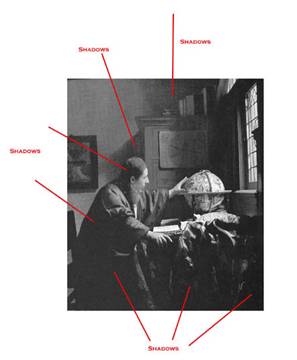By Matt Fussell
The word "value" is used a lot around this website. And with good reason. Value is one of the seven elements of art. Value deals with the lightness or darkness of a color. Since we see objects and understand objects because of how dark or light they are, value is incredible important to art. (I'll remind you that drawing and painting is about seeing.)
Value deals directly to light. We see things because light reflects off of objects and goes into our eyes. Our mind processes the light and rationalizes what we are seeing. Without light, we cannot see anything. In order to draw or paint in a way that creates an illusion of what we normally see, we must fully understand light and how it reacts on surfaces. Value is the key to the illusion of light. This is why value is so incredibly important to drawing and painting.
Artworks that exhibit a full range of value are generally successful. It doesn't matter the type of art you are creating. As long as there are dark values in harmony with light values, your artwork will most likely be aesthetically pleasing. A full range of value means that they are ample amounts of light values- called tints, and dark values- called shades. To be sure that you have a full range of value in your artwork you may create a value scale...

Using a value scale, you can be sure that you create a full range of value. Many artists use a value scale as they work, identifying specific values and adding them in appropriate spots.
Take this apple for example...
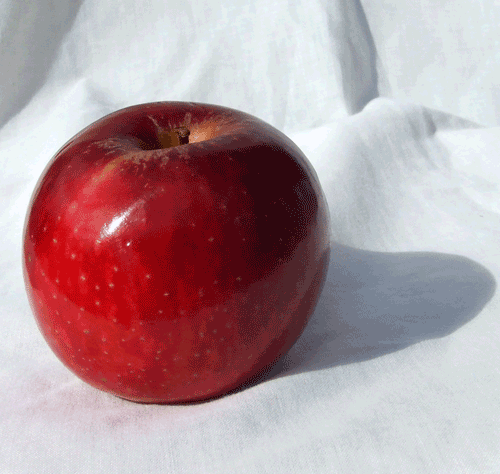
If we were to take out all color, we would still see the apple and recognize it as an apple. In other words, we are just showing the values of the apple...
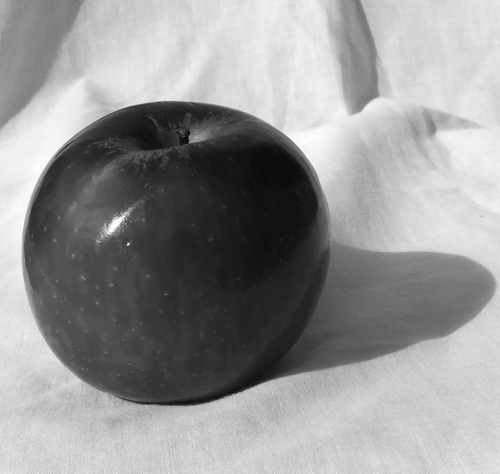
If we take this one step further and isolate eight of the values, we can see where we would need to draw or paint the values...
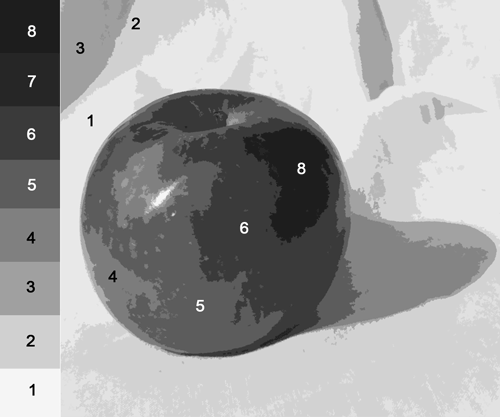
This illustrates how an artist would see the values and begin to draw with them. Another useful tool is called a value finder. A value finder allows an artist to find specific values on a photograph or drawing easily. You can make one yourself easily.
The whole point to value is to create the illusion of light. So value is used to basically create the illusion of highlights and shadows. Highlights and shadows combine to create the illusion of a light source. Remember, without light we cannot see. So technically, without a light source, you have no illusion.
This is why value is mentioned so frequently on all of the art instruction videos and pages on this website. It's important. If you understand and implement value correctly in your drawings and paintings, you will see immediate improvement. Value is essential to success.

Shades- dark values

Highlights- areas on an object where light is hitting
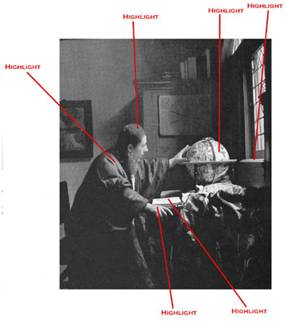
Shadows- areas on an object where light does not hit
